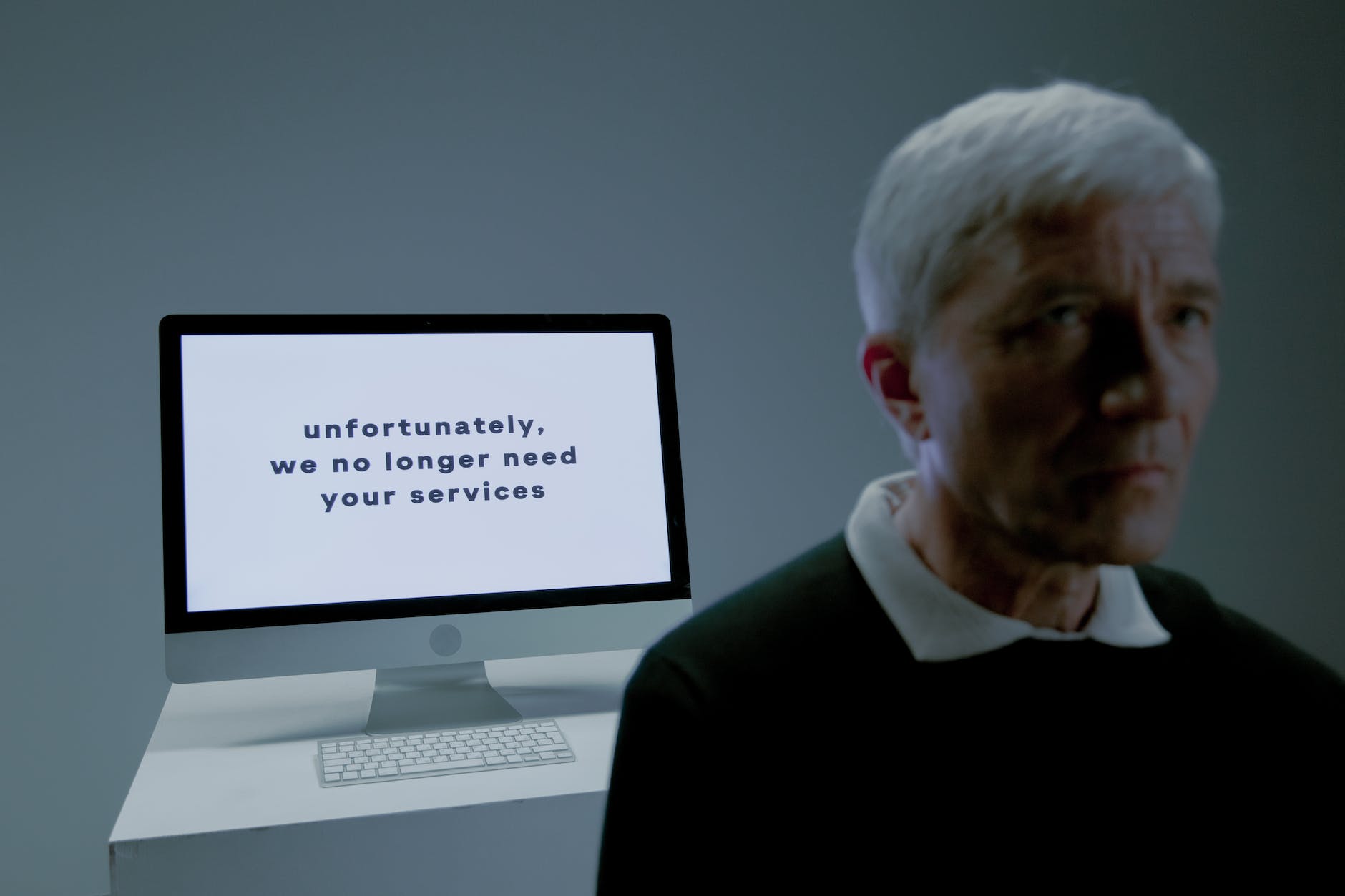
Wrongful Termination
In employment, where job security is a fundamental concern, the unfortunate reality of wrongful termination casts a shadow over the lives of many workers. Wrongful termination, defined as the illegal dismissal of an employee, occurs for various reasons, including discrimination, retaliation, breach of employment contracts, or the creation of unbearable work conditions.
Shedding light on these cases is essential for those directly affected and for society to understand employees’ rights and the legal avenues available to them when facing such injustices.
The Dimensions of Wrongful Termination
Wrongful termination isn’t a one-size-fits-all scenario. It’s an issue rooted in discrimination and unfair practices. Discrimination-based termination occurs when an employee is fired due to their race, gender, age, religion, sexual orientation, or disability, actions explicitly prohibited by various anti-discrimination laws.
Retaliation, another common cause, occurs when an employer fires an employee for filing a complaint against the company or participating in legally protected activities. Below are some instances that can be considered as an illegal dismissal of an employee.
Breach of Employment Contracts
Employment contracts lay down the terms and conditions of employment, creating a binding agreement between the employer and the employee. Violating these terms without legal justification constitutes wrongful termination.
Breach of contract cases can encompass disputes over salary, job responsibilities, or the duration of employment. When an employer disregards these contractual obligations, they can be held accountable for wrongful dismissal.
Constructive Dismissal
Constructive dismissal occurs when an employer creates such intolerable working conditions that an employee feels compelled to resign. This subtle form of termination involves tactics such as harassment, bullying, or significant changes in job responsibilities.
In these cases, if an employee leaves due to the unbearable environment, it is legally treated as a wrongful termination. Constructive dismissal cases highlight the importance of recognizing explicit firings and subtle, coercive employer tactics.
How to Navigate the Legal Processes
Employees facing wrongful termination often feel overwhelmed and disempowered. However, they possess legal recourse. The first step is filing a complaint with the Equal Employment Opportunity Commission (EEOC) or the relevant state employment agency.
However, you should know that employment laws are complex, and the nuances of each case require a skilled attorney. Legal experts assess the case and guide employees through the legal process by advocating for their rights to ensure justice prevails.
The Crucial Role of Legal Representation
Legal representation is indispensable in wrongful termination cases. Skilled employment lawyers possess in-depth knowledge of employment laws and act as advocates for the affected employees.
They meticulously navigate the legal processes, ensuring that the rights of the employees are protected. These lawyers play a pivotal role in ensuring employees receive fair compensation for their emotional distress, lost wages, or unjust dismissal.
Summary
Understanding wrongful termination cases is pivotal for fostering a fair work environment. By shedding light on these cases, society becomes more aware of the legal safeguards for employees and the importance of upholding these rights. Employees with knowledge about wrongful termination can stand up and fight for justice and the broader movement for fair and respectful treatment in the workplace.






